Special Feature
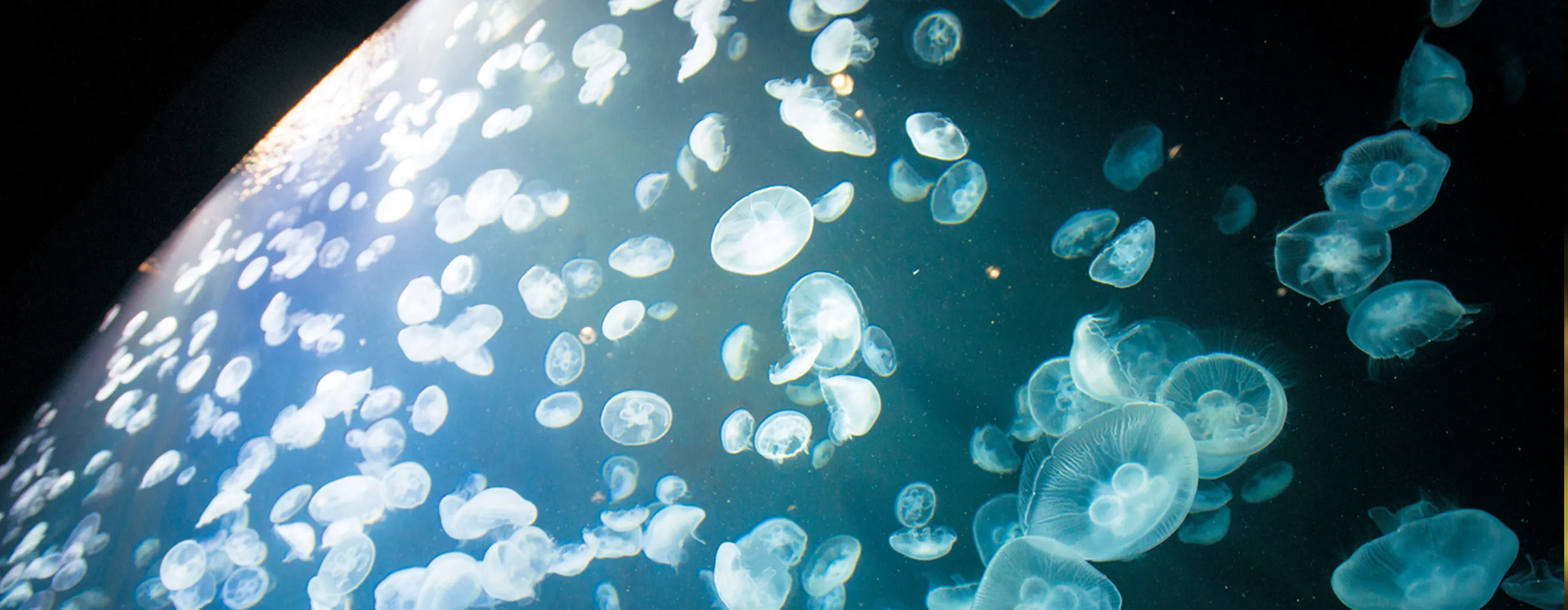
All about Kamo Aquarium
This once small, old-fashioned aquarium in a remote corner of the region has developed into a modern facility globally renowned for its jellyfish, which are considered difficult to care for and breed.
Creatively overcoming numerous challenges to endure and now thrive, Kamo Aquarium has always worked hard to bring smiles to all that walk through its doors.
Here we will retrace the entire journey of Kamo Aquarium from its opening in 1930 to the completion of its Jellyfish Dream Hall in June 2014.
The Third Aquarium in Tohoku Built in Kamo-machi
Kamo Aquarium has its beginnings back in 1930 when, in response to the opening of the Shonai Dentetsu Electric Railway in 1930, local volunteers pooled their funds to establish an aquarium in a bid to entertain tourists visiting the area’s hot spring town.
In 1964, it was relocated to a new building which Kamo-machi invested a lot of money and effort into bringing to fruition. Here the aquarium remained open until 2013.Tatsuo Murakami, the director at the time, started working at the aquarium as a city employee two years later. The following year, Tsuruoka City sold the aquarium to a private company.
“In the end, it closed four years later due to the company’s poor sales performance. We all stayed over at the aquarium to look after the animals, but with no revenue, there was no money for feed. The locals stepped up and quietly left money for us and that is something we are still truly grateful for,” says Murakami.
In 1972, it reopened as a public aquarium. However, there was a rapid drop in visitors due to the opening of Niigata Aquarium and Oga Aquarium in neighboring prefectures a few years earlier. After a while, Murakami decided to draw people back with a sea lion show. Joining the team at the aquarium as the manager for the show was Kazuya Okuizumi, the current aquarium director. The show opened in 1984, but did not lead to an increase in visitors.
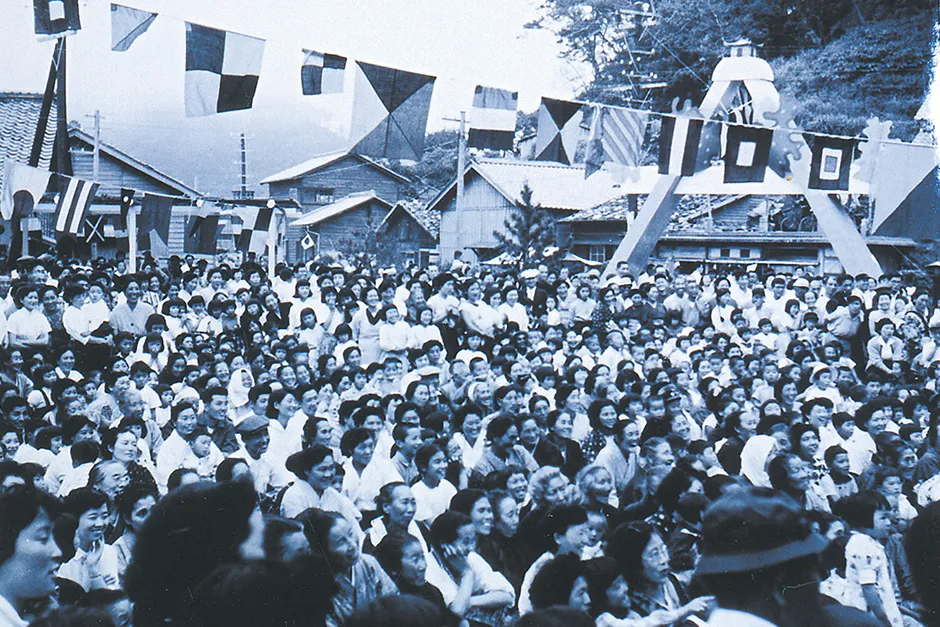
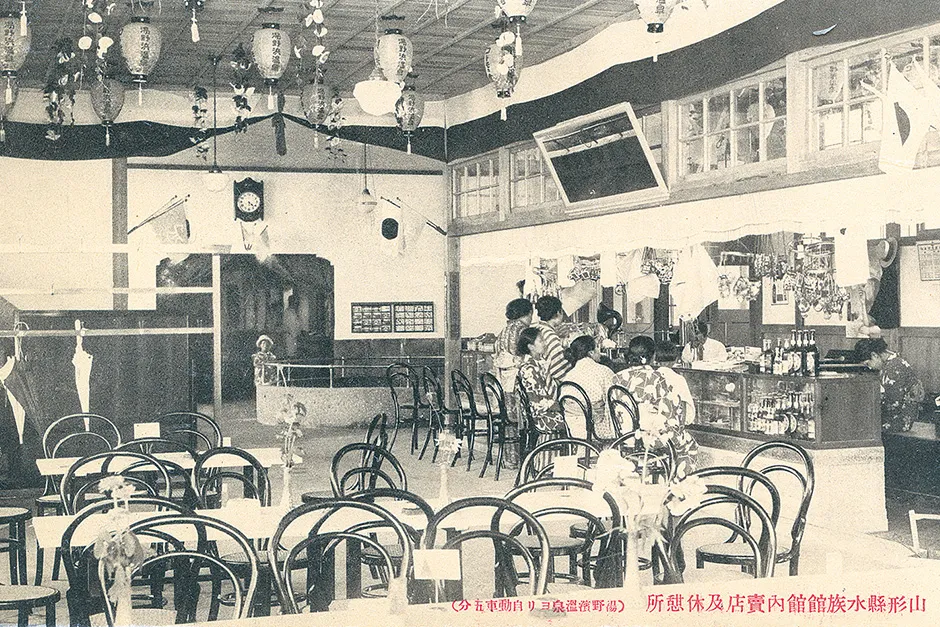
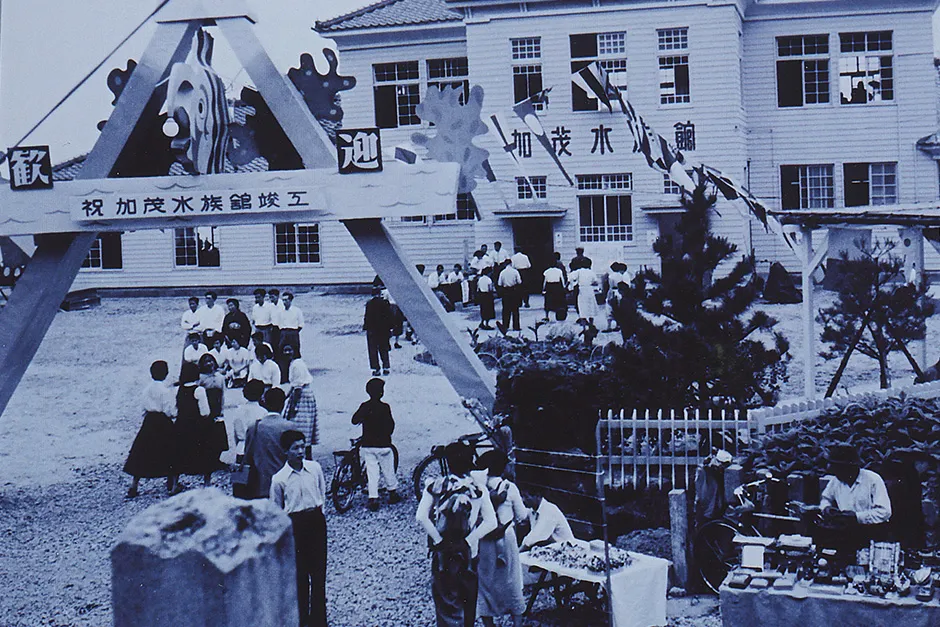
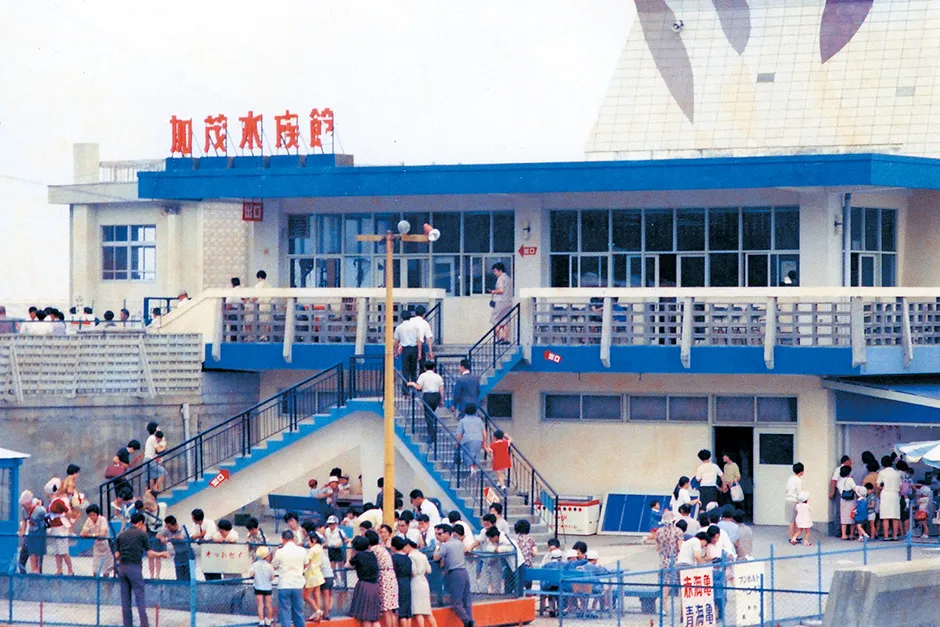
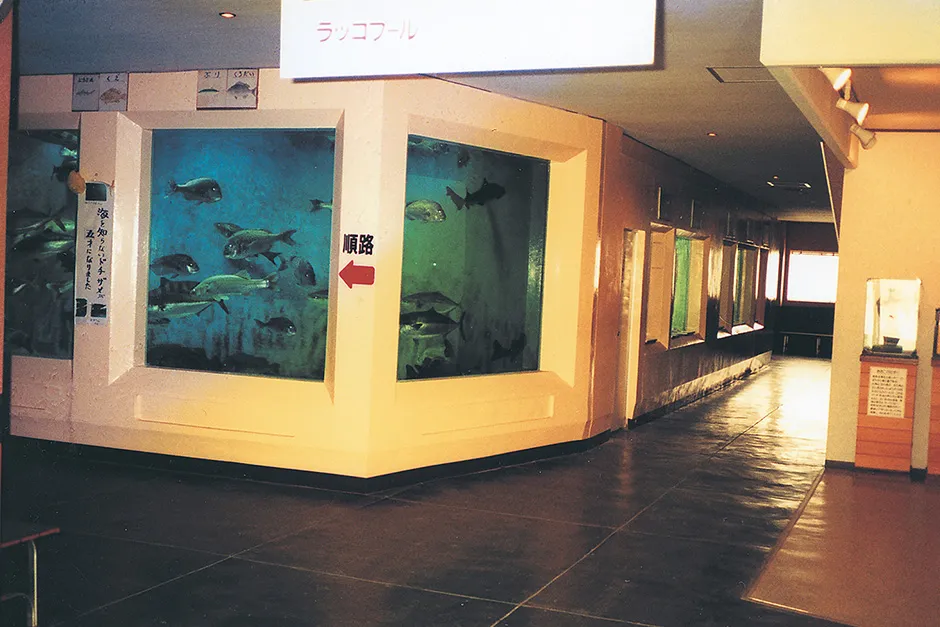
In 1997, working on plans for a special exhibit, Okuizumi chanced upon some small creatures swimming in illuminated display tanks. Curious, he asked another aquarium about them and was told that they were the upside-down jellyfish Cassiopea ornata and were bred from polyps stuck to the display coral.
Okuizumi tried this out, feeding the jellyfish and then displayed them once they had grown. Visitors were delighted when they saw them. Surprised by this unexpected response, Okuizumi and Murakami promptly collected more jellyfish from the sea to increase the number of species on display. This captivated visitors even more. The two were thrilled and tried to increase the species of jellyfish and expand the exhibit.
However, all but the Cassiopea ornata died. “After two years of trial and error, Okuizumi worked it out. Cassiopea ornata were easy to look after because they just stuck to the bottom, but other jellyfish needed special tanks with systems that allowed them to swim,” Murakami explains. So, Okuizumi set to work devising a solution, and finally, in 1999, invented the Kamo-style jellyfish tank.
This effort and creativity paid off in 2000 with the Kamo Aquarium having the greatest variety of jellyfish in Japan.
In 2005 it ultimately went on to have the largest collection of jellyfish exhibits in the world. The series of excellent results and research findings attracted the attention of both Japanese and international experts, and even achieved Guinness recognition in 2012 for its variety of jellyfish exhibits. Kamo Aquarium was inundated with requests for television and magazine interviews, and its popularity surged dramatically.
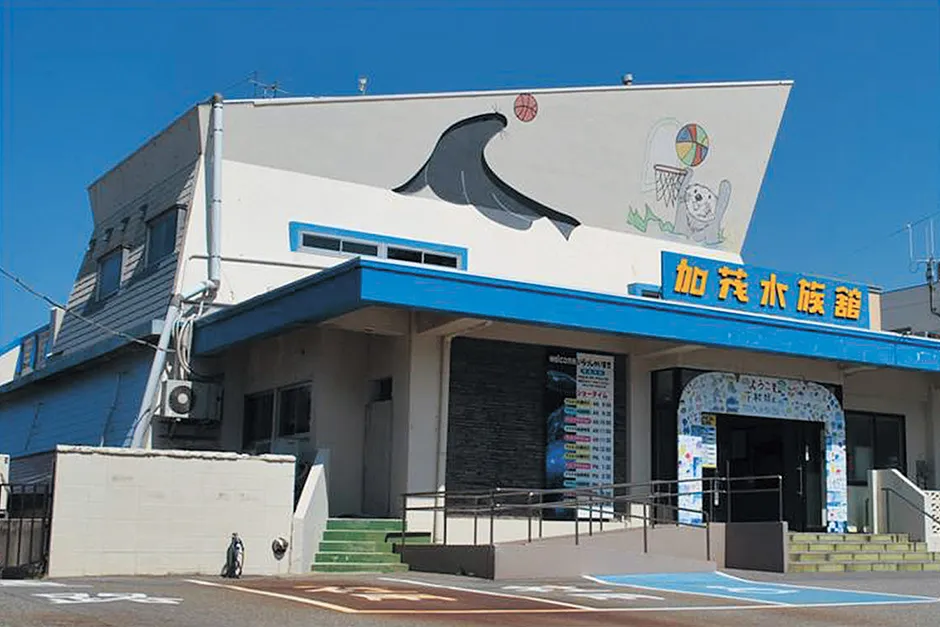
Aiming to Be a Local Treasure Centering on Creatures of the Shonai Coast and Beach Culture
Approximately two years after construction commenced in 2012, the third generation Kamo Aquarium opened on 1 June 2014 to a line of people, queuing from the wee hours. Known as Jellyfish Dream Hall, the exterior of the building dazzles bright white on the Kamo rocky shore, its form evocative of a jellyfish floating and migrating in the sea.
As you go in through the bright, spacious second-floor entrance, there are jellyfish decorations hanging from the ceiling. Look closely and you will see playful touches added throughout. “Success requires something beyond common sense, something that makes others laugh when shared,” Murakami explains.
The first exhibit starts with the Shonai rock fishing culture display. It presents the history of the Shonai Domain’s support of rock fishing with old illustrations depicting the rocky shore and several of Murakami’s handmade Shonai fishing rods on the walls.
Next you finally enter the fish exhibition space. Moving from iwana and other river fish to the familiar red sea bream and red stingray of the Shonai coast then to the snow crab of the deep sea, the structural layout makes it really feel as though you are going on an exploration from the land to the depths of the sea as you proceed along the route.
An exhibit recreating the region’s cod fishing grounds has panels showcasing Yamagata’s fishing industry and the food culture of the Shonai coast, comprehensively presenting the charm of the area.

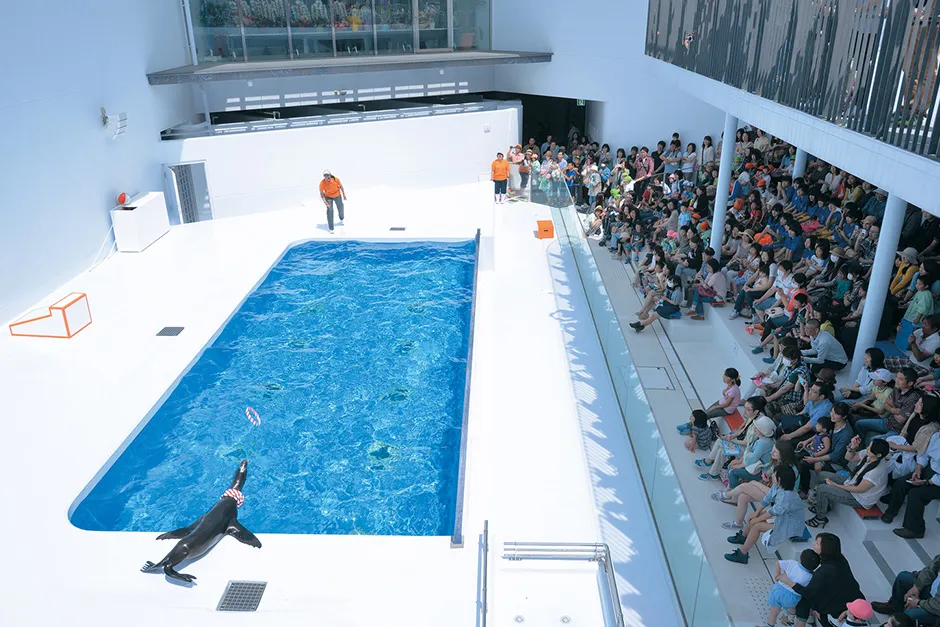
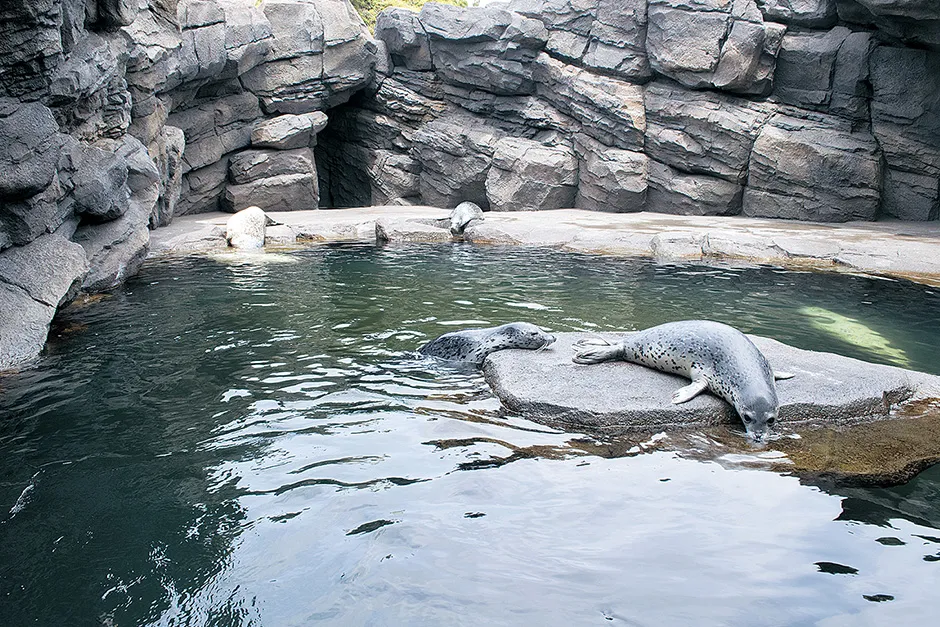
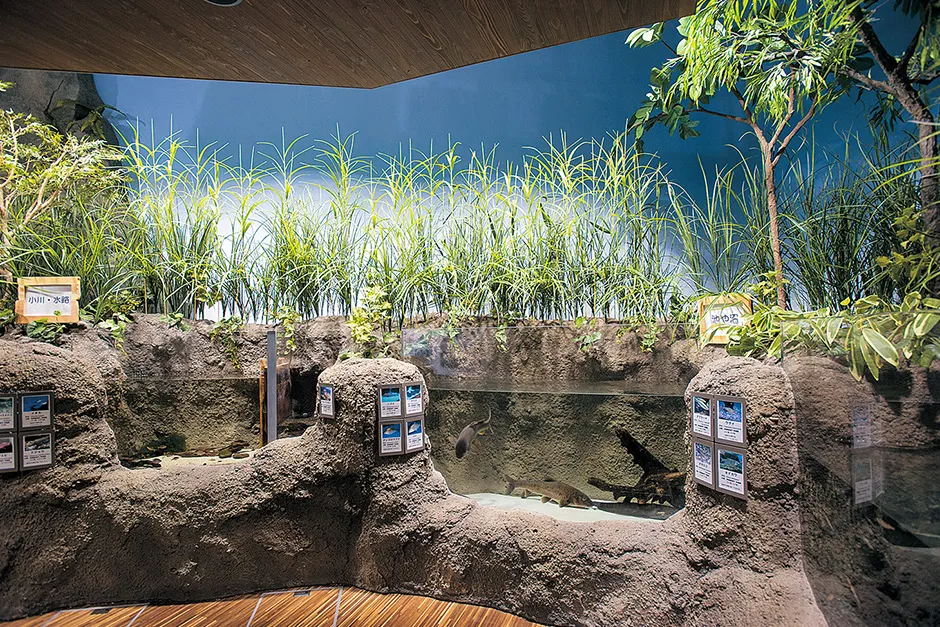
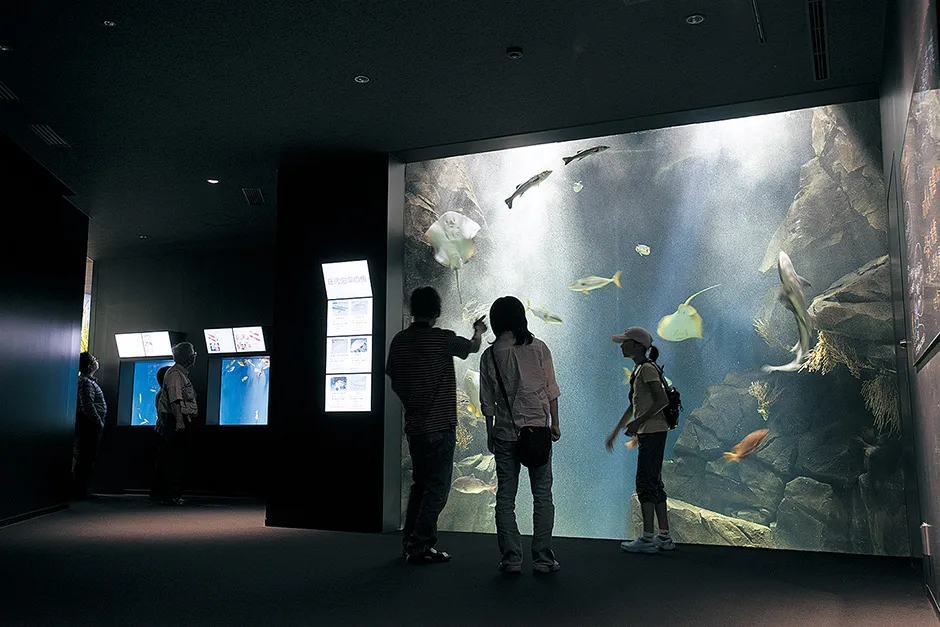
Emerging from a dark passageway, you arrive at the “Marine debris display” where you can enjoy looking at various pieces of art made from ocean plastic waste. Once you have had some fun there, you then move on to the jellyfish exhibit. The entrance to the Kuranetarium (a play on words combining “kurage,” the Japanese word for jellyfish, with “planetarium”) is lined with a myriad of children’s jellyfish pictures. Continuing along the dimly lit route, various jellyfish begin to make their appearance.
Looking up, suddenly you see a sign saying, “Jellyfish Bar.” Here the jellyfish growing center is set up on a bar counter and allows you to have fun learning about jellyfish, observing them in various stages of development through a microscope, and listening to staff talk about the jellyfish ecology. There is also the Tsuruoka City Jellyfish Research Institute where talks are given to aquarium specialists visiting from overseas. “This research institute is something we would like to increasingly offer as a place for student research and as a place for education.”
Continuing along the route as you gaze at the ethereal jellyfish, a large, round tank suddenly appears in the dark like a planet. It is Jellyfish Dream Theater, a five-meter-wide tank with about 2,000 moon jellyfish Aurelia coerulea swimming around in it. “We have always dreamed of building the world’s only jellyfish aquarium. That’s why we repeatedly, almost annually, renovate and extend the jellyfish exhibition space, overcoming challenges one by one.”
People can rise up as long as they can find a single ray of hope. As Murakami explained, the Kamo Aquarium they built after they chanced upon jellyfish is a new building that they diligently worked toward to introduce a fresh approach for exhibitions globally without scaling up in size. It continues to draw those who visit it into its ever expanding jellyfish dreamworld. It’s a captivating experience not to be missed.
-
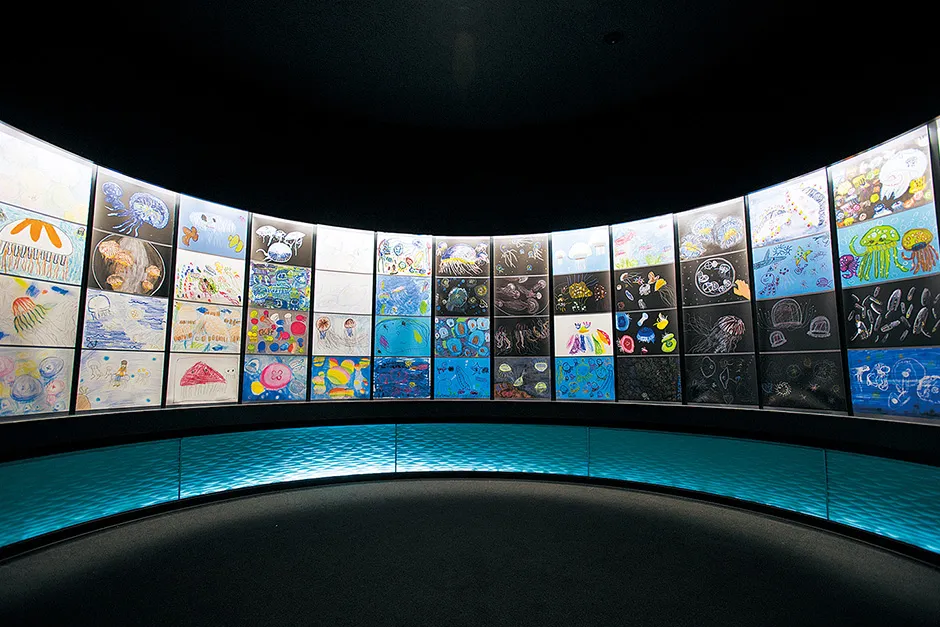
The Kuranetarium entrance -

Chrysaora helvola (sea nettle) -
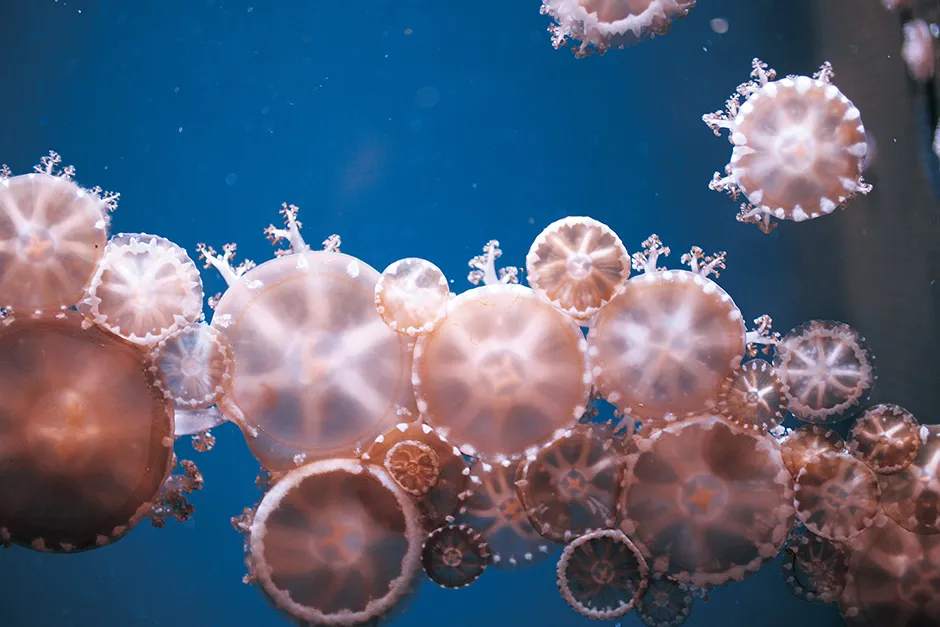
Cassiopea ornata (upside-down jellyfish) -
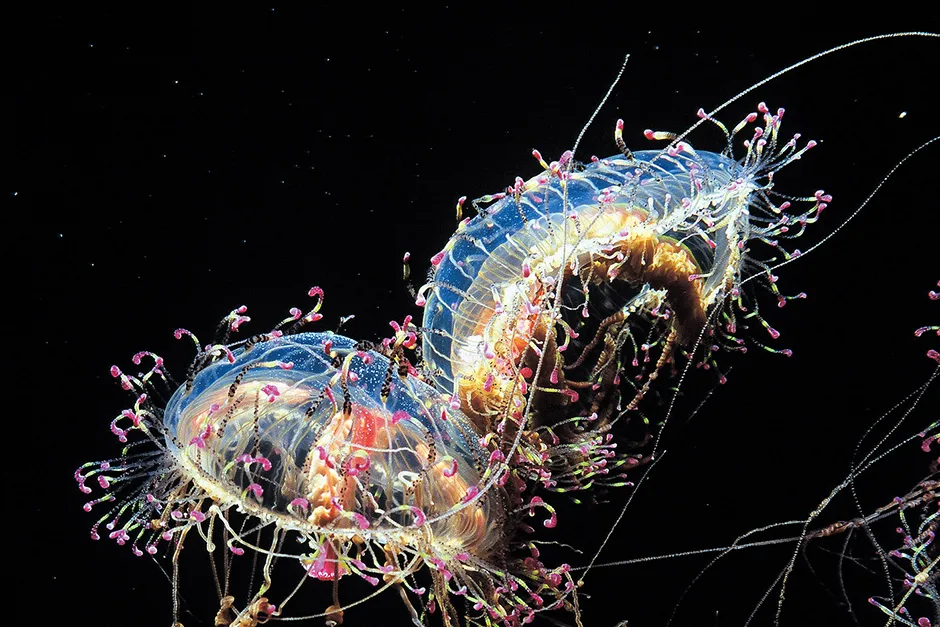
Olindias formosa (flower hat jellyfish) -
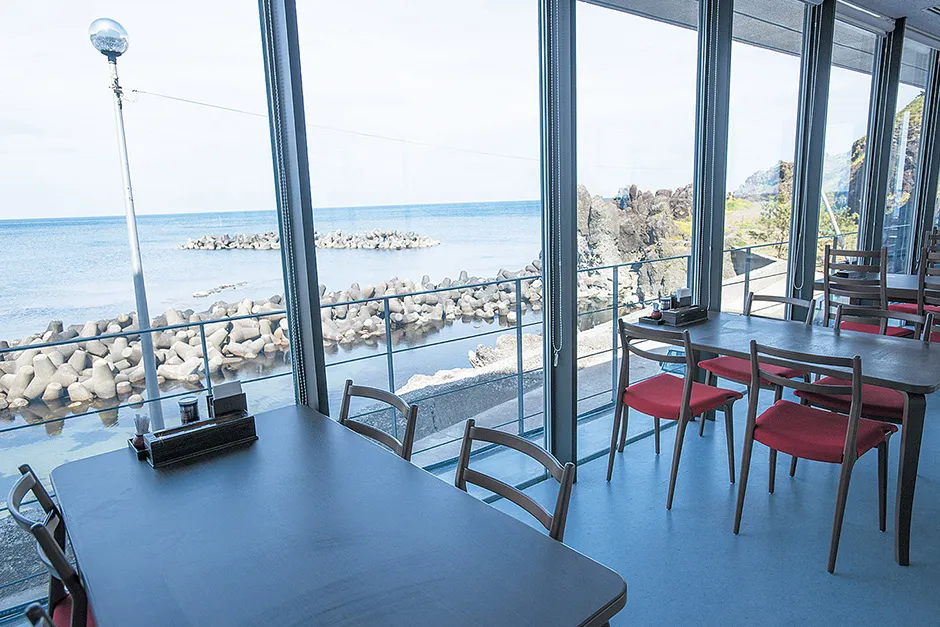
Seafood restaurant Okimizuki -

Jellyfish Dream Theater -
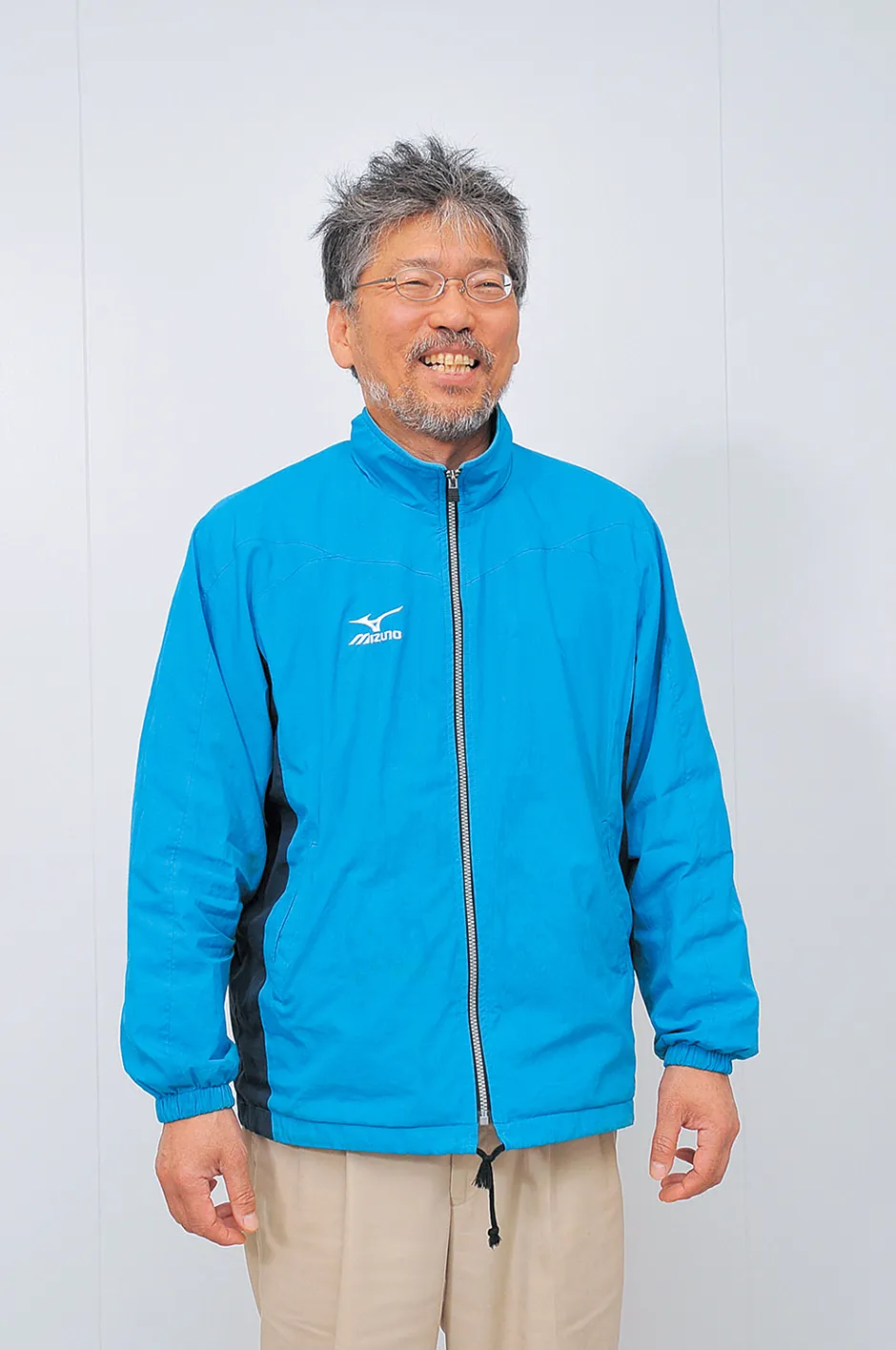
Kazuya Okuizumi, Kamo Aquarium Director (present day)
